The question came in a text from our grandson in San Diego, “Every afternoon this bird comes onto our back patio at 5 p.m. and looks in at us. Can you tell us what it is?” The text was accompanied by a slightly blurry but definitive cell phone photo of a Black Phoebe. I was glad to inform him of the bird’s identity and also remind him that years ago when he was younger, a pair of Black Phoebes had nested in the back yard of the home he grew up in northern California and that I was able to take photos of them at that time (photo 4). I was also delighted that his text gave me a topic for this Hart Beat column.
Most birders are well aware that here in the eastern United States we only have one species of phoebe, the ubiquitous Eastern Phoebe (top of page). As with many of the common birds that we simply take for granted, like Mockingbirds, Mourning Doves and Robins, the Eastern Phoebe is just another bird we often pass over without a second thought. Western birders tell me that the two species of Phoebes they have there, Black Phoebes and Say’s Phoebes (photo 6), fall into the same ho-hum category.
All three species of Phoebes share pretty much the same characteristics:
They pump their tails.
They love to hang around human habitation, even coming to windowsills, and nesting under eaves and over hangs of buildings, (like this Say’s Phoebe in Arizona in photo 7).
They all are hardworking flycatchers grabbing insects from small flies up to dragonfly size (photos 7 and 2) and occasionally butterflies.
They are extremely agile and acrobatic fliers.
Out west the Black and Say’s Phoebes overlap their breeding territories primarily on the west coast ranging from western Texas through New Mexico and California, with the Say’s Phoebe, but not the Black, extending its breeding season territory over many of the western states and into western Canada and even Alaska. Neither species comes into the Eastern Phoebe’s territory, which is the entire east coast west to the plains states, and north into central Canada. All three species can be found wintering in Mexico. In Florida the Eastern Phoebe can only typically be found in the winter.
In searching my archives for photos of Black and Say’s Phoebes, I quickly realized how long it has been since we have been doing birding photography in California and Arizona. My Black Phoebe photos and most of my Say’s Phoebe photos date to trips in 2009 and 2012, and only one set of Say’s Phoebe shots stem from a Christmas vacation we spent with our California daughter’s family when we did a hike in Torrey Pines in 2014 (photo 6). That is certainly a short-coming we will have to remedy when we can get back to traveling again. One accommodating Black Phoebe posed for us on our winery tour to Napa and Sonoma when I was more focused on winery photography in 2009 (photo 5).
On the other hand, I have a myriad of photos of the Eastern Phoebe. It seems wherever we are all year long, winter in Florida and summer in Pennsylvania, Eastern Phoebe photography opportunities abound, often right outside our door as Phoebes frequent the plant hanger by our front patio in Pennsylvania, and sit on the sign post by the lake just off our rear patio in Florida, not to mention just about every trip we take for birds anywhere. Well, maybe not on an offshore pelagic trip. In addition, Eastern Phoebes nest often close to or on buildings, and sometimes we see young birds (photo 3) with their prominent brownish wing bars that will fade and disappear as they age.
Like so many things we sometimes take for granted, when we lose them we are devastated at how their absence can impact our lives. Jewel recently, quite unexpectedly lost her sister, her only remaining immediate family member whom she saw or talked to almost daily. Jewel is now in the process of closing out her sister’s estate and every item she comes across seems to remind her of some now lost memory, never to be relived again. Perhaps we should appreciate the beautiful birds that we take for granted and enjoy them to the fullest now while they are here and we can find them, enjoy them and savor the experiences they afford us. We think they are common and will be here always, and forever easy to find. But like Jewel’s sister who we had no idea was not going to continue to be a part of our lives, how do we know some catastrophe is not just around the corner that could deprive us of some of the birds we so love, cherish and take for granted. Perhaps it is time to stop and smell the roses and fully appreciate all the birds, common as well as rare, and all they add to our lives. None of us knows what life has in store for us. Perhaps now is the time. Love you, Phoebes, and will definitely look for you next time out there.
For an interesting study on why Eastern Phoebes engage in tail pumping, see: https://www.researchgate.net/publication/227973064_Tail_pumping_by_Eastern_Phoebes_an_honest_persistent_predator-deterrent_signal1
























